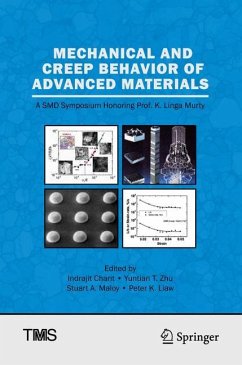
Applications of Analytical Techniques to the Characterization of Materials

PAYBACK Punkte
38 °P sammeln!
Over the last several years, the field of materials science has witnessed an explosion of new, advanced materials. They encompass many uses and include superconductors, alloys, glasses, and catalysts. Not only are there quite a number of new enhies into these generic classes of materials, but the materials themselves represent a wide array of physical forms as well. Bulk materials, for example, are being synthesized and applica tions found for them, while still other materials are being synthesized as thin films for yet still more new (and in some cases, as yet unknown) applications. The field...
Over the last several years, the field of materials science has witnessed an explosion of new, advanced materials. They encompass many uses and include superconductors, alloys, glasses, and catalysts. Not only are there quite a number of new enhies into these generic classes of materials, but the materials themselves represent a wide array of physical forms as well. Bulk materials, for example, are being synthesized and applica tions found for them, while still other materials are being synthesized as thin films for yet still more new (and in some cases, as yet unknown) applications. The field continues to expand with (thankfully!) no end in sight as to the number of new possibilities. As work progresses in this area, there is an ever increasing demand for knowing not only what material is formed as an end product but also details of the route by which it is made. The knowledge of reaction mechanisms in their synthesis many times allows a researcher to tailor a preparative schemeto either arrive at the final product in a purer state or with a better yield. Also, a good fundamental experimental knowledge of impuri ties present in the final material helps the investigator get more insight into making it.














